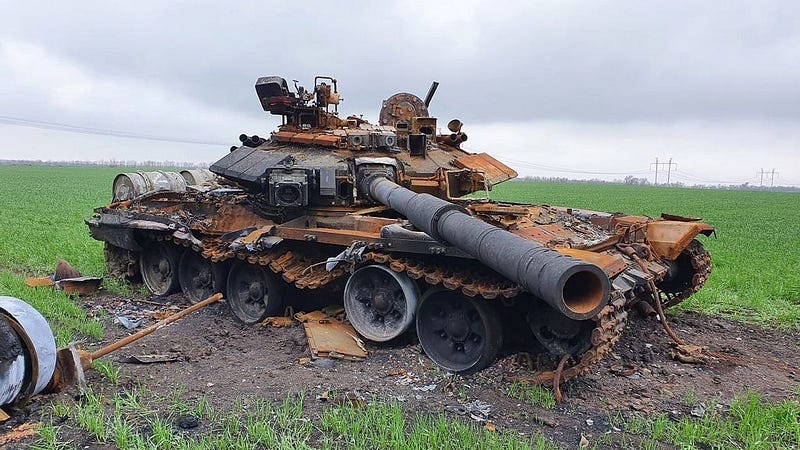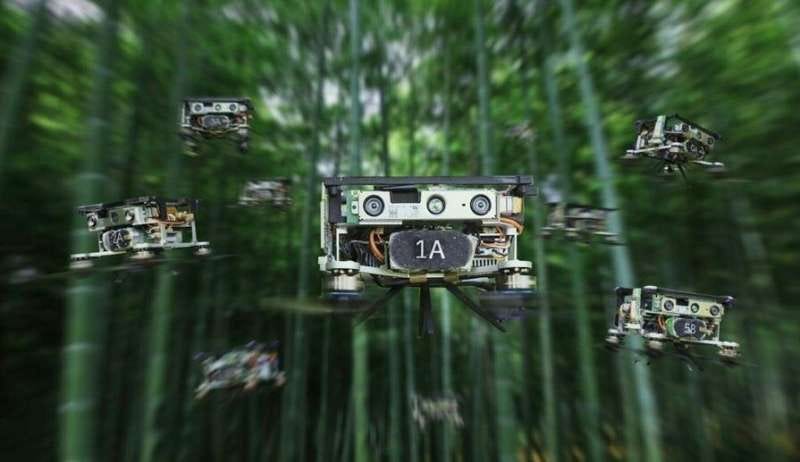The Future of Warfare: Drones as a New Era of Combat
Written on
Chapter 1: Introduction to Drone Warfare
The evolution of warfare has brought us to a pivotal moment where drones are reshaping military strategies. As Ralph Peters, a retired lieutenant colonel, noted, “While airpower may provide a crucial advantage, ground forces are still essential for achieving military success.” The ongoing conflict in Ukraine serves as a testament to this reality, showcasing remarkable Ukrainian resilience against Russian forces. However, the essence of military success hinges on the availability of effective tools for combat. In this context, drones, alongside missiles and electronic intelligence, have emerged as pivotal assets.
This first video delves into the future of warfare, examining how swarm drones are revolutionizing military tactics and strategies.
Section 1.1: The Decline of Traditional Armor
The effective deployment of anti-tank missiles, such as the Javelin and NLAW, has rendered Russian tanks vulnerable. A significant takeaway for military strategists is the realization that inexpensive and easily deployable drones can target anything large on the battlefield. The success of Azerbaijan's drone warfare against Russian-made Armenian tanks exemplifies this trend, highlighting how tanks are becoming less viable in modern combat, akin to how battleships were rendered obsolete by aircraft carriers.

The economic implications are staggering; the Switchblade 600 drone, an adaptation of the anti-personnel drone equipped with a Javelin warhead, is a prime example. Even if its cost is significantly higher, the price disparity compared to the tanks it targets is alarming.

Section 1.2: Redefining Troop Movement
Imagine trying to shoot a bird mid-flight. Now, envision facing multiple drones that can maneuver rapidly and aim at you with lethal precision. This scenario reflects the advancements in drone technology, as demonstrated by Zhejiang University in China, which has developed small drones capable of operating autonomously in swarms. While these drones have potential humanitarian uses, their military applications raise significant concerns.

The scalability of drone swarms poses a profound threat; if a small number can operate effectively, so can hundreds or even thousands. The logistical challenges of deploying thousands of drones to a conflict area can be surmountable, meaning that the future battlefield may be dominated by drone swarms, rendering traditional troop deployments increasingly perilous.
Chapter 2: The Dark Future of Drone Warfare
The second video discusses the full capabilities of drone swarms as weapons, exploring their implications for future warfare and global security.
Section 2.1: The Threat of Mass Destruction
The alarming reality is that the affordability and ease of mass-producing drones could empower authoritarian regimes to suppress populations. This capability could lead to scenarios where entire areas are pacified without traditional military engagements, resembling a “poor man’s neutron bomb” without the fallout.
In light of these developments, it may be prudent for the United Nations to classify armed drone swarms as weapons of mass destruction, akin to nuclear, biological, and chemical weapons. The widespread availability of drone technology and the challenges of non-proliferation highlight the urgency of this recognition. The global community must act to stigmatize the use of armed drone swarms before they become commonplace in modern warfare.